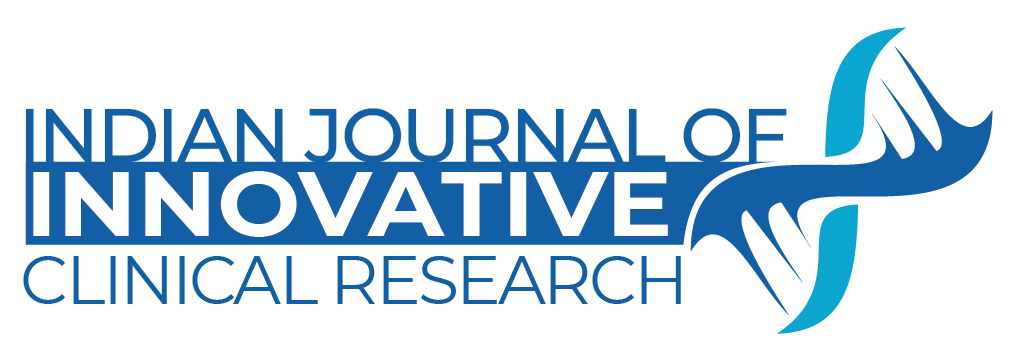Journal Menu
- Home
- Aims & Scope
- Editorial Board
- Article Preperation Guideline
- Online Submission
- Articles Early View
- Current Issue
- Archive
- Membership
- Reprints
A COMPREHENSIVE REVIEW ON NON-OPERATIVE MANAGEMENT OF SOLID ORGAN INJURIES: SUCCESSES AND PITFALLS IN SPLENIC AND LIVER TRAUMA
Article Information
Introduction: Non-Operative Management (NOM) has become the standard approach for managing blunt solid organ injuries, particularly in hemodynamically stable patients. This review focuses on the application of NOM in hepatic and splenic trauma, highlighting its clinical efficacy, evolving practices, and the implications for surgical training.
Methods: A comprehensive review of the literature was conducted to evaluate the outcomes, selection criteria, imaging practices, adjunct procedures, and educational significance of NOM in the management of blunt liver and spleen injuries.
Results: The literature reveals high success rates for NOM, with blunt liver trauma showing nearly 100% success and splenic injuries demonstrating rates between 94.7% and 96.4%. Clinical stability is the primary criterion for selecting patients. Early CT imaging plays a crucial role in assessing injury severity, and splenic artery embolization emerges as a highly effective adjunct in high-grade splenic injuries, achieving success rates above 98%. Notable complications include delayed splenic rupture and injuries from associated trauma.
Conclusion: Strict adherence to selection protocols based on hemodynamic stability, accurate imaging, and organized follow-up significantly enhances the success of NOM. This approach not only promotes organ preservation and reduces morbidity and costs but also serves as a valuable training opportunity for surgical residents when supported by standardized guidelines and multidisciplinary responsiveness.


